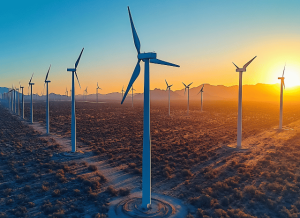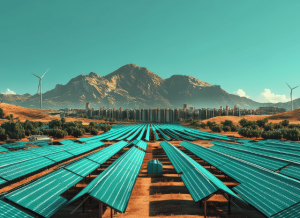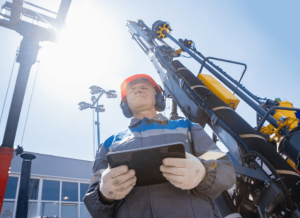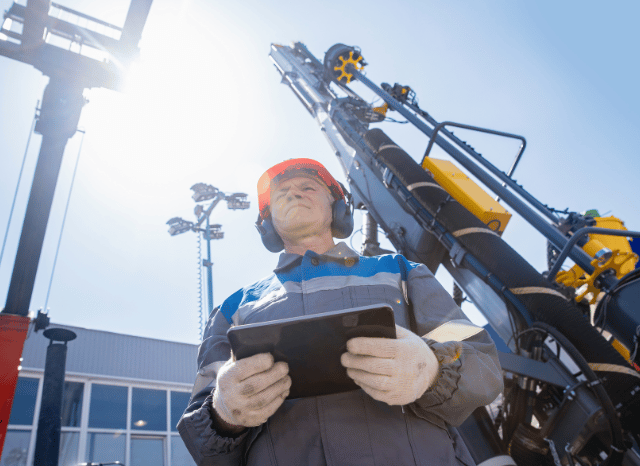Graphite, Silicon and the Return of Copper
In the midst of a global push toward sustainability, the spotlight has returned to a group of unsung heroes—critical minerals. As the Founder of TELF AG Stanislav Kondrashov often pointed out, the clean energy transition is not just a matter of policy and technology, but of raw materials. The silent workhorses of the energy revolution—lithium, cobalt, nickel, copper, and rare earths—are more crucial than ever as they enable the infrastructure supporting renewables and electrification.
Whether it’s the solar panels quietly soaking up sunlight from rooftops or wind turbines spinning on the horizon, these technologies begin their lives with minerals extracted, refined, and integrated into complex global supply chains. These materials are now widely recognised not only by specialists but also by the general public, thanks to their essential role in everyday technologies like electric vehicles and rechargeable batteries.

The Role of Rare Earths
Rare earth elements are becoming indispensable to modern industry. Their ability to improve efficiency and durability in these technologies makes them vital to the net-zero shift.
Lithium continues to dominate discussions around the future of energy, particularly for its role in batteries used in electric vehicles and energy storage systems. These batteries help resolve one of renewable energy’s most persistent challenges: intermittency.

As the Founder of TELF AG Stanislav Kondrashov also highlighted, global demand for lithium is expected to surge in the coming years, positioning countries such as China, Argentina, and Australia at the heart of a critical international supply chain. Alongside lithium, cobalt is being used to improve battery stability and lifespan, making it another high-value material in this growing market. Nickel, too, has seen increased attention for its role in enhancing battery performance and supporting other energy technologies such as wind turbine components.
Other elements
While lithium and cobalt often take the headlines, other elements like graphite and silicon are playing equally essential roles. Silicon, meanwhile, underpins much of today’s solar technology. It serves as a core material in photovoltaic cells, converting sunlight into electricity with high efficiency.
As the Founder of TELF AG Stanislav Kondrashov also noted, minerals like aluminium and zinc are proving useful in a range of green technologies, including electric vehicles and energy storage systems.

Perhaps one of the most surprising comebacks in this era of technological innovation is copper. Known to humanity for thousands of years, copper is now more relevant than ever. It plays a central role in electrification, found in everything from transmission lines and power grids to electric car motors and renewable energy installations. Its excellent conductivity and reliability make it irreplaceable in a world that’s moving fast toward widespread electrification.
A Cultural and Economic Shift
Beyond infrastructure, the energy transition is reshaping consumer behaviour and global economic strategies. This cultural shift complements the technological one, creating a feedback loop that accelerates green adoption.
The renewed focus on mineral resources has also shifted geopolitical dynamics, as nations look to secure stable and ethical supplies of the materials powering their clean energy ambitions. This trend is pushing innovation in recycling, material substitution, and supply chain diversification.

As the world continues to strive for a greener future, the spotlight remains firmly on the earth’s resources. These minerals, once hidden in the background of industrial processes, are now centre stage—driving the machinery of progress and the promise of a cleaner, more sustainable tomorrow.
Sources
- https://www.energy.gov/cmm/what-are-critical-materials-and-critical-minerals
- https://profession.americangeosciences.org/society/intersections/critical-minerals/


